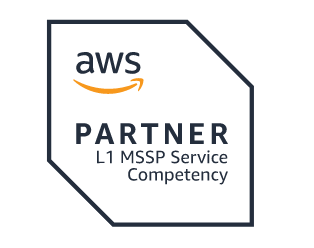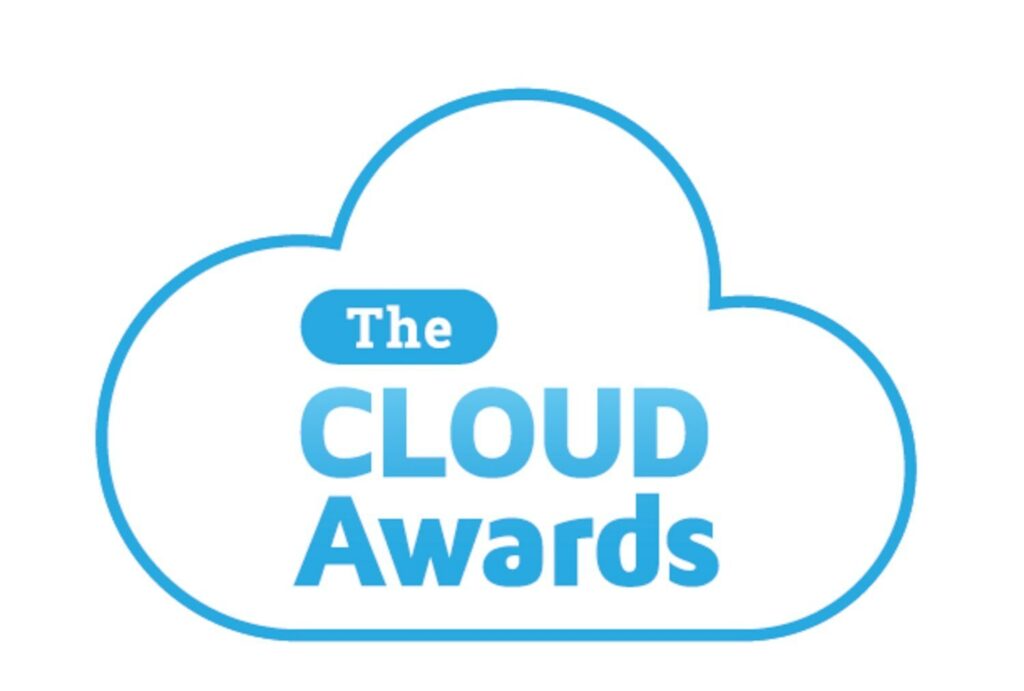How To Cultivate Empathy In Product Design And Management
Originally published to Forbes on March 4, 2020 by Matt Ferrari, Co-founder and Former CTO at ClearDATA
As CTO of a fast-growing, late-stage startup, I’m often asked for advice by entrepreneurs looking to develop new applications or services they intend to bring to market. My advice always includes emphasizing the importance of empathy in software design. There are a lot of good ideas out there, but having a good idea isn’t enough in a crowded technology market. Today, you have to have the right good idea. Empathy can be one of the key tools that get you there.
Simon Sinek established the groundwork for this in his TED Talk “How great leaders inspire action” suggesting that we start with “why.” This resonates deeply with me. It’s so easy as a developer to get excited about a new feature you want to build. So often I hear developers talking about the ease of use, the elegant design, the nice user interface of an app they want to design. Those are certainly considerations; however, they shouldn’t be the focus at the ideation stage of app development. You must focus on the market problem you are trying to solve from the perspective of the person who will be using your app.
Many developers or product managers are pulled into another direction with questions from their team like: “Is it sexy? How will it sell? What price can we get?” There’s a risk to the “bright and shiny object” syndrome. It can become a trap that gets in the way of thinking about what the new solution must do, what problem it’s solving and whether the market space is big enough for you to differentiate.
The payout for product designers who focus on the why is the added element of empathy in their design. That concept can lead to pragmatic product design or pragmatic project marketing. The Pragmatic Institute states: “While Product Management is focused on the market and the customers’ business needs and Development is focused on the customers’ technology needs, Product Design is focused on the customers’ end-user needs.” This makes pragmatic product design the bridge between product management and product development.
It’s created, in part, by building personas and assessing the market with a considerable focus on customer teams. Customer teams can include existing customers, lost leads, existing prospects, analysts in the market, industry peers and even “frenemies” you compete with on some level. Engaging in deep conversations early on with these key stakeholders can help you understand why there hasn’t been a solution to this problem in the market prior to yours and what you need to do to help your consumers.
As you build a product backlog (known as a detailed product requirement list), you will write user stories (or requirements) from the eyes of the consumer rather than your own. You develop empathy and begin to think more like the consumer, which becomes critical in your build as you seek to prioritize product requirements. You’ll find out where your customer team members are losing efficiencies, where they hit roadblocks and what their day-to-day work world is like. You’ll understand where they are able to be successful and where they aren’t. You’ll get to the point where you can ask yourself questions framed as if you were the customer.
For example, say John Smith is an oncologist on your customer team, and you’re building a solution that helps oncologists, radiologists and other care team members get a full picture of a cancer patient. Early on you’ll say something like: “As John Smith, I want to be able to take advantage of company XYZ’s machine learning services on the cloud so that I can simplify the time it takes to run predictive models.”
From your research, you now know what John needs to be able to do and why. That informs your application build. Because of this product interview process, you’ll find yourself ideating, iterating, developing and deploying an app the market needs. And, very importantly, you’ll build evangelists from across the industry you are serving.
Filling in the spaces between “I want to be able to” and “so that I can,” leads to an app consumers not only want, but need. It will be more than a good idea; it will be the right good idea because it’s been validated by the market.
Once you understand the problem you are working to solve, perform a competitive analysis, and look for white space where you have a competitive advantage, focusing on differentiation rather than duplication. Your customer team can help test and evaluate your prototypes and can also be very useful in methods.
If you don’t go this route, you are likely to build without empathy and find yourself at the end of the long road of product development with something that started out as a good idea, but it wasn’t the right good idea because it didn’t solve for the problem your “John Smith” was having. You missed the market trends. One need not think farther than Blockbuster’s demise to Netflix, which meets us where we are.
So, my best advice to software developers isn’t to have certain certifications or be fluent in certain languages (though you’ll need all that). It’s to start with the “why” and build from outside in, with empathy. Your customers will thank you for it.


